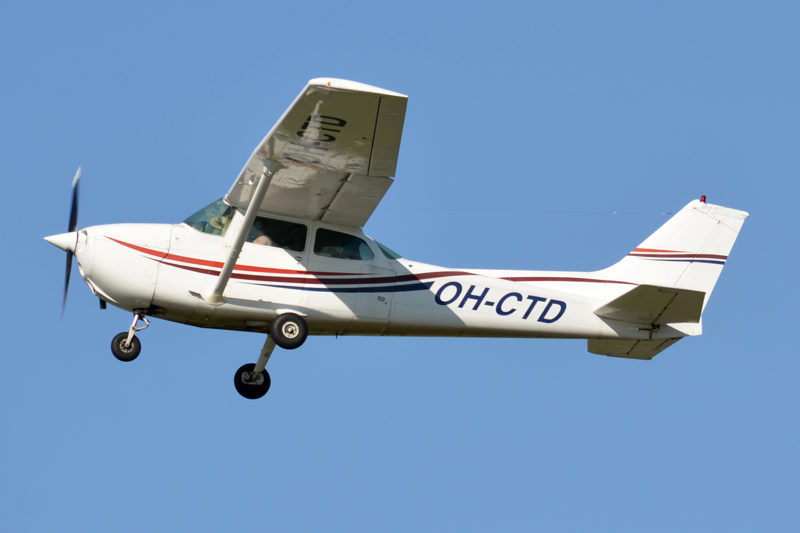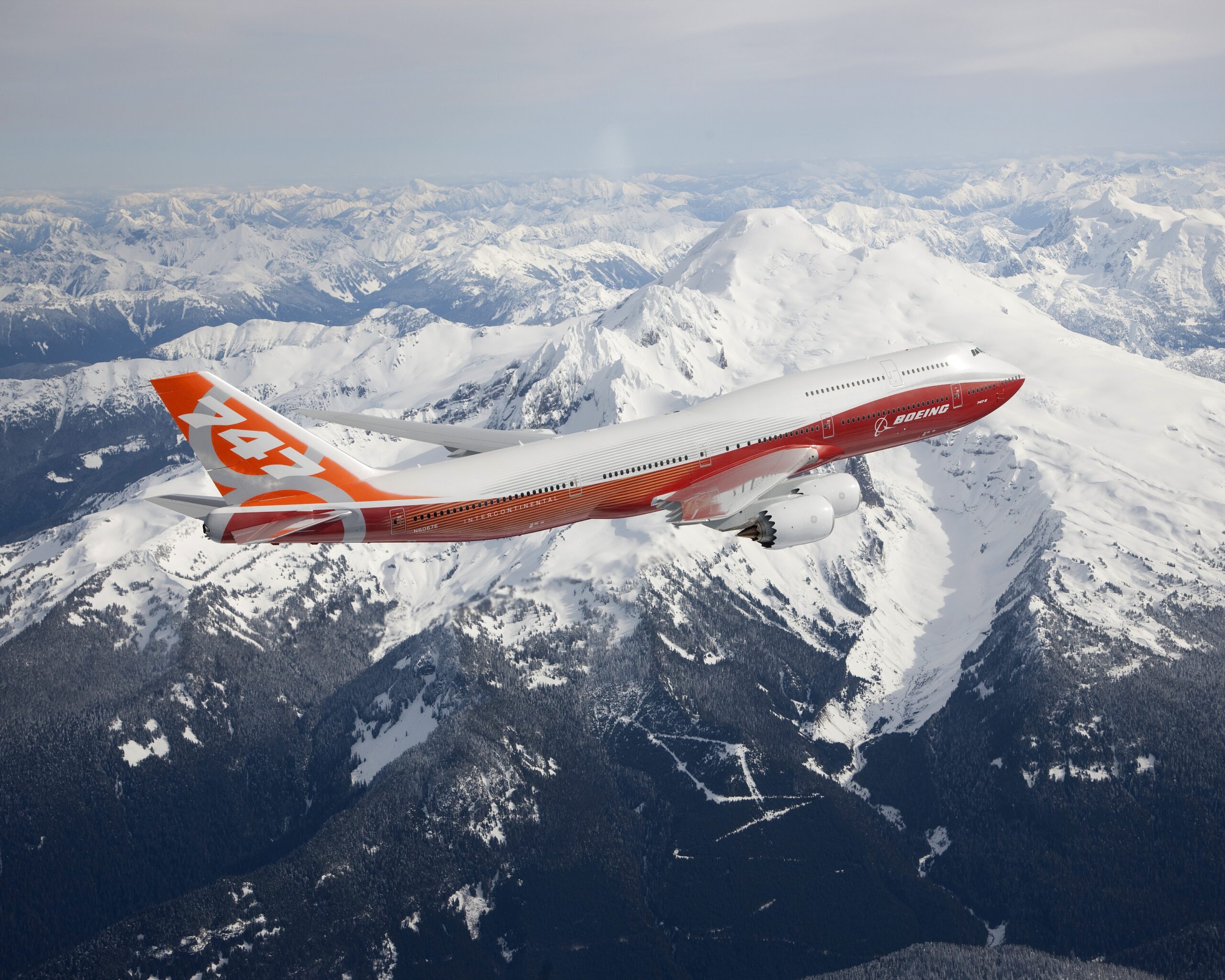Here's a list of the top 10 most-produced commercial aircraft by type in history.
10. Antonov An-24/26
An-24: Total Deliveries: 1,367 as of 1979
Production: 1959-1979
An-24 is a Russian/Ukrainian aircraft designed in 1957 in the Soviet Union by the Antonov Design Bureau. It's a 44 seater twin-turboprop aircraft that could be used for passenger and freighter flights. The type is manufactured by Kyiv, Irkutsk, and Ulan-Ude Aviation Factories. It took off to the skies for the first time in 1959. It was introduced in 1962 and is in active service. The type was built from 1959 to 1979, and 1,367 An-24s have been built.
The type was flown by UTair Cargo, Angara Airlines, IrAero, Yakutia Airlines, Air Koryo, and more.
In 2019, 106 An-24s were flying, but the number has dropped since. It was developed to replace the Ilyushin Il-14, which was used for short to medium-haul trips. Antonov An-24 could operate in rough airstrips and remote locations. Its high wing layout was beneficial in such situations as it prevented engines from dust and other ground materials. The aircraft was very versatile and could be used for a military rescue, ice reconnaissance, and more.
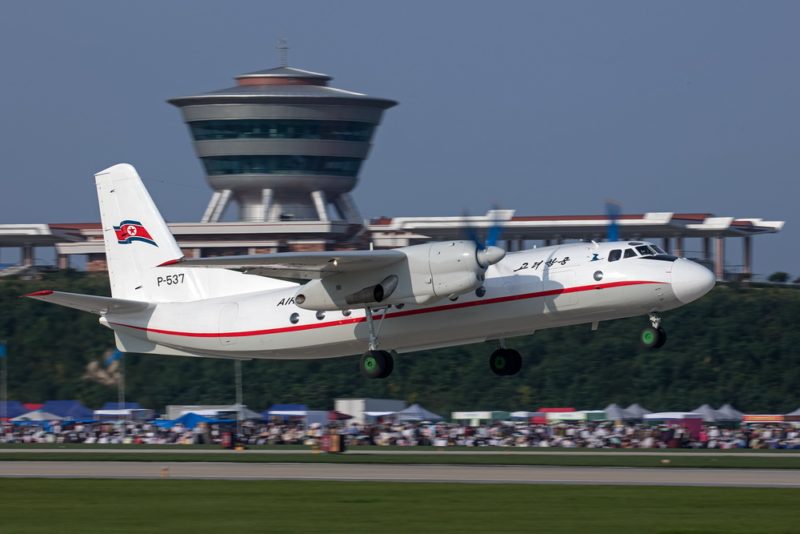
An-26: Total Deliveries: 1,403 as of 1986
Production: 1969-1986
The Antonov An-26 is a twin-engine civilian and military transport plane. The turboprop was designed and produced in the Soviet Union. The aircraft's reporting name given by NATO is Curl. Developed from another famous aircraft, An-24, the An-26 first flew on May 21, 1969, and started commercial operations in 1970. Air Forces in the Soviet Union, Pakistan and Vietnam, among others, are the primary military operators of the An-26. A total of 1,403 An-26s were produced from 1969 to 1986.
9. Airbus A330
Total Deliveries: 1,527 as of December 2021
Production: 1992-present
The Airbus A330 is a long-range widebody aircraft developed by Airbus. Developed from the Airbus A300, the larger A330-300 variant completed its first flight on November 2, 1992, and entered into service on January 17, 1994, with Air Inter.
After developing the A300, Airbus started to design the A330, which would have two engines and the quad-jet A340. Both aircraft were launched in June 1987 and received their first orders. After developing A330-300, the first one to fly, a smaller variant, A330-200, was also introduced, and it completed its maiden flight in 1998. The A330 freighter variant also exists and is in active service with Turkish Airlines and a handful of other airlines.
Airbus A330 is very popular among airlines such as Turkish Airlines, Cathay Pacific, China Eastern Airlines, Delta Air Lines, and more. As of December 2021, 1,527 A330s have been delivered so far. The aircraft has further upgraded to A330neo with new engine.
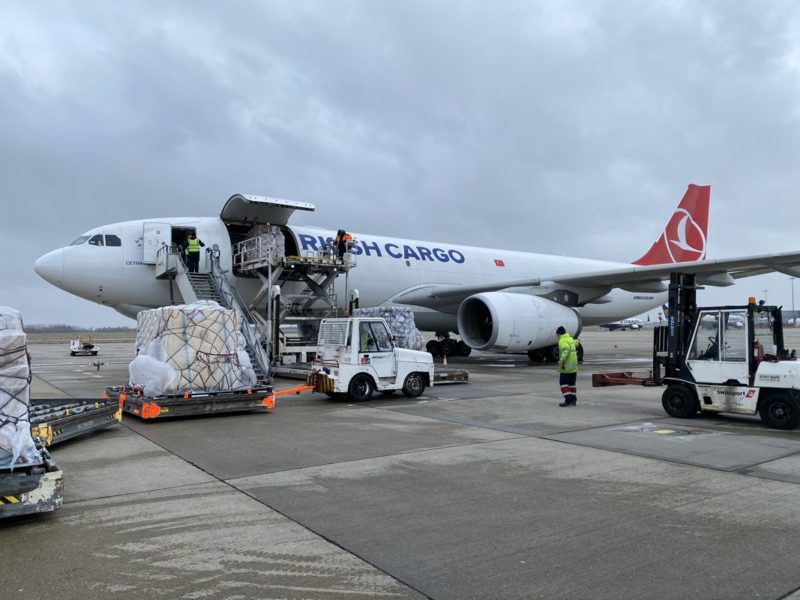
8. Boeing 747
Total Deliveries: 1,569 as of December 2021
Production: 1968-present
The Boeing 747 is a long-range widebody aircraft developed by Boeing. Widely known as the Queen of the skies, she took to the skies for the first time on February 9, 1969, and the first 747 jumbo jet was delivered to Pan Am on January 22, 1970.
Juan Trippe, the president of Pan Am, asked Boeing for an aircraft twice the size of 707. This is how the Jumbo jet was born. Pan Am took part in every step of the development, and in April 1966, Pan Am ordered 25 Boeing 747-100 aircraft worth US$525 million at that time (equivalent to more than $3.2 billion today). The airliner became a sign of prestige, and many airlines, especially major carriers, operated it.
The 747 remained very popular, with many variants developed over five decades. There was even a tri-jet 747 concept that couldn't make it. The 747 freighter version is operated by almost all the major cargo airlines. These days, however, the 747 passenger jet isn't the aircraft of choice among airlines as fuel-efficient twinjets such as the B777, B787, A330 and A350 have taken over the long haul market.
7. Embraer E-Jet Family
Total Deliveries: 1,596 as of March 2021
Production: 2001-present
The Embraer E-Jet family is a short to medium-range narrow-body twinjet manufactured by Brazilian aerospace manufacturer Embraer. It can carry from 72 to 124 passengers. Launched at the Paris Air Show in 1999, the airliner entered into full production three years later in 2002. The airline can serve lower-demand routes offering the capacity and qualities of the larger jet.
The type first took off on February 19, 2002. On March 17, 2004, the first E-Jet was delivered to LOT Polish Airlines. A total of 1,596 aircraft have been delivered so far, and the type is still in service with airlines like Republic Airways, SkyWest Airlines, Envoy Air, Mesa Airlines, and JetBlue.
When the program was announced in 14 June 1999, Régional Compagnie Aérienne Européenne and Crossair were the launch costumers. In 2002, the type was displayed in the Regional Airline Association convention. Production began after a new factory in São José dos Campos base was built in 2002. In February 2004, type certification was received from the aviation authorities of Brazil, Europe, and the United States. On the second week of March 2004, the first aircraft was delivered. The family consists of E170, E175, E190, and E195 airliners.
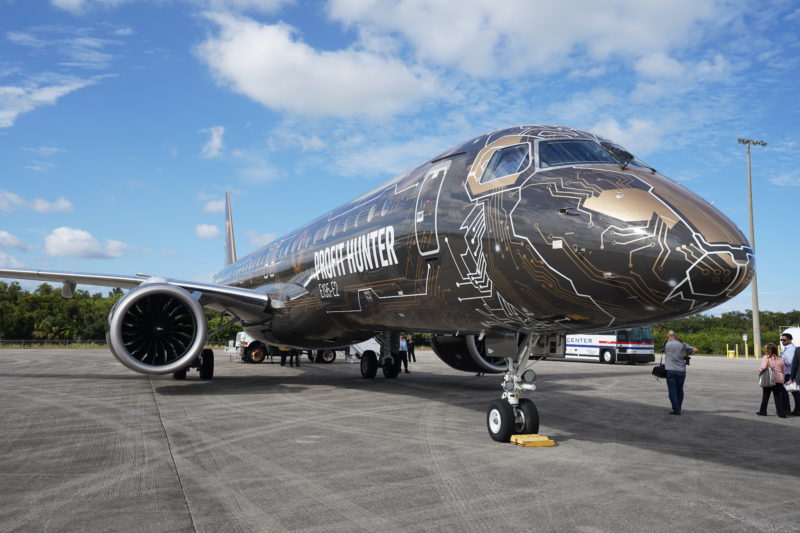
6. Boeing 777
Total Deliveries: 1,677 as of December 2021
Production: 1993-present
The Boeing 777, commonly known as triple seven, is a long-range widebody aircraft developed by Boeing. It is the largest twinjet ever manufactured. The aircraft was introduced to fill the gap between Boeing 767 and 747 and replace older DC-10s and L-1011 tri-jets. Launched on October 14, 1990, United Airlines became the launch customer.
The prototype rolled out on April 9, 1994, and the aircraft completed its maiden flight on June 12, the same year. In a typical 3 class configuration, the aircraft could accommodate up to 368 passengers. The type could fly from 9,700 to 15,843 km. On June 7, 1995, the B777-200 started to fly with United.
In the late 1980s, DC-10 and L-1011 were getting old and were to be retired soon. Airbus was working on A330 and A340, whereas McDonnell Douglas was working on the MD-11. Boeing considered stretching the 767 named 767-X. But airlines weren't interested in it. So, Boeing went for a clean sheet design. Airlines were interested in the broader fuselage cross-section, fully flexible interior configurations, and short- to intercontinental-range capability. This resulted in the development of the Boeing 777, which opted for the twin-engine configuration.
Boeing also launched the ER and LR variants, which provided flexibility to the whole program, and the new 777X is now undergoing flight tests. Boeing also launched the freighter version 777F in May 2005. The first freighter 777 was delivered to Air France.
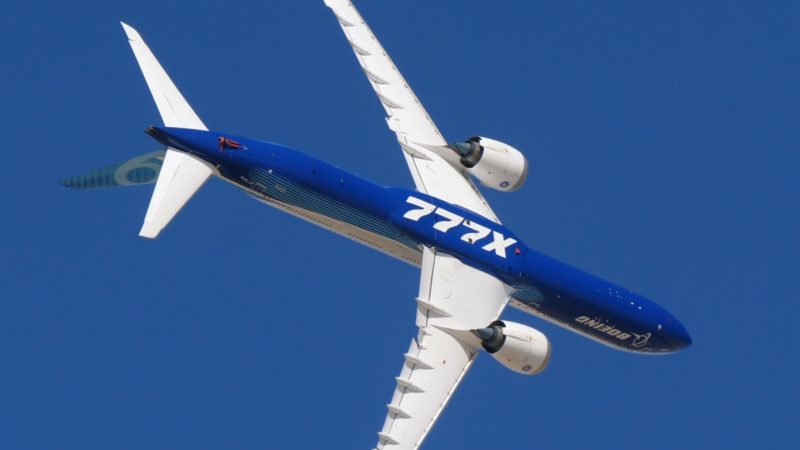
5. Boeing 727
Total Deliveries: 1,832 as of 1984
Production: 1962-1984
The Boeing 727 is a narrow-body aircraft developed by Boeing in the early 1960s. After the development of 707, there was a need for smaller jets that could serve small airports. So the 727 was launched. The program had received orders for 40 aircraft each from United and Eastern Airlines at its launch. The plane took to the skies for the first time on February 9, 1963. One year later, the type entered service with Eastern Airlines on February 1, 1964. The plane was produced for more than two decades, and the last one rolled out in September 1984. Boeing built 1,832 727 tri-jets.
Boeing 727 is the only trijet produced by Boeing. It is powered by Pratt & Whitney JT8D low-bypass turbofans and has a T-tail. All three engines are located at the back of the aircraft. The airline could carry around 106 passengers in two classes over 4,170 km.
The stretched -200 variant entered the market in 1965 and first flew in July 1967. The same year it started to fly with Northeast Airlines in December. The 6.1 meters extended -200 variant could carry 134 passengers in two classes over 4,720 km. The type was mainly used for domestic flights, and some were used internationally. On January 13, 2019, Boeing 727 operated its last commercial passenger flight between Zahedan and Tehran with Iran Aseman Airlines.
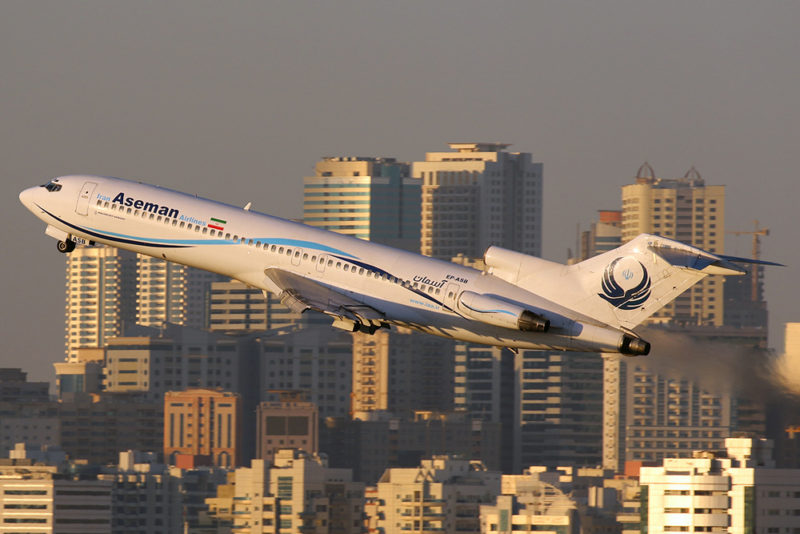
4. CRJ Series
Total Deliveries: 1,945 as of December 2020
Production: 1991-2020
CRJ series(Canadair Regional Jet) is a regional jet series developed by Bombardier Aerospace. Launched with Lufthansa CityLine, the aircraft completed its maiden flight on May 10, 1991. The first generation (CRJ 100/200) was launched in 1991, and the second generation (CRJ700 series) was launched in 1999.
After the success of the challenger series, Canadair launched the CRJ project with a primary goal to enter the market in the early 1990s and sell around 400 planes. The process was economical, and development costs were less than other turboprop projects. Keeping in mind the success and customer request, CRJ 200 was manufactured. Some minor changes were made, new engines were added, and the plane was more advanced.
The CRJ 200 completed its maiden flight in 1991. After the success of the CRJ 200 aircraft, the stretched CRJ 700 was launched. The series was further extended to CRJ 900, which could accommodate more passengers. The airliner faced major competition from Embraer aircraft. E-Jet family was also taking over the market, so CRJ 1000 was launched to compete with the type. Despite all these innovations, the aircraft couldn't keep up with the new aircraft from Embraer and other manufacturers.
On June 1, 2020, Japanese corporation Mitsubishi Heavy Industries took over the program after 1945 CRJ series aircraft were delivered by Bombardier. The CRJ series is very popular among regional airlines and is in active service with SkyWest Airlines, Endeavor Air, PSA Airlines and Air Wisconsin, among others.
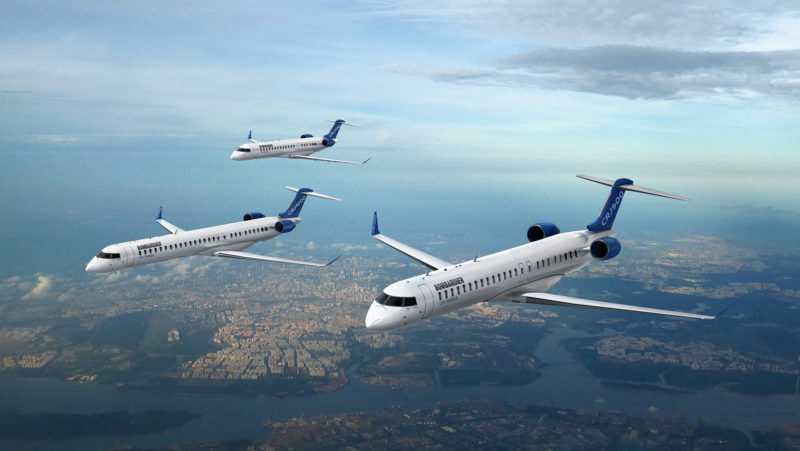
3. Airbus A320 Family
Total Deliveries: 10,176 as of December 2021
Production: 1986-present
Launched in March 1984, the A320 family is a narrow-body family of jets developed by Airbus. The prototype flew three years later, on February 22, 1987. On April 18, 1988, Airbus delivered its first A320 to Air France. 10,176 A320 family aircraft have been delivered as of December 2021.
Some major A320 family aircraft operators are Indigo, American Airlines, China Eastern Airlines, EasyJet, China Southern Airlines, etc. Like the 737 families, the A320 family also has many members in its family, which consist of Airbus A318, Airbus A319, Airbus A320, Airbus A321, and more advanced neo family jets.
After developing A300 and A310, Airbus started to look into the single-aisle narrow-body market, mainly occupied by Boeing 737 and Douglas DC-9. The A320 family received orders for 96 aircraft when it was launched in 1984. Air France was the launch customer ordering 25 jets along with an option for additional 25 more aircraft.
After 1,200 hours of test flight across 530 flights, the airline was awarded European Joint Aviation Authorities (JAA) certification on February 26, 1988. The base variant A320 was stretched more, and the A321 was launched, which is 6.94 meters (22 ft 9 in) longer than the A320. When A320 was shrunk a little, a smaller A319 was born. When further shrunk, the A318 was born. Airbus A318 was built to challenge Boeing 737 Classics but faced challenges from the next generation and MAX series aircraft. Airbus has been delivering more narrow-body jets than Boeing in recent years.
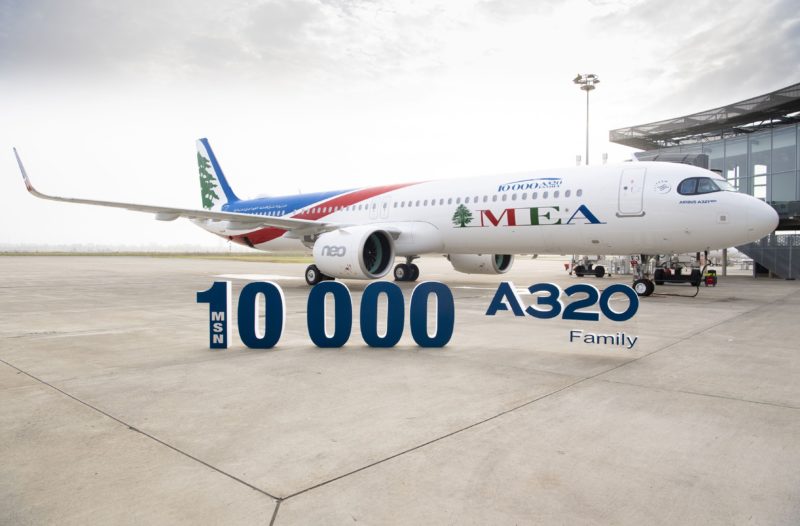
2. Boeing 737 Family
Total Deliveries: 10,877 as of December 2021
Production: 1966-present
The Boeing 737 is a narrow-body aircraft manufactured by Boeing in Renton Factory, Washington. It is the most produced aircraft in commercial aviation, with 10,877 planes delivered as of December 2021.
Boeing 737 took to the skies for the first time on April 9, 1967, 54 years ago and is very famous for medium-haul flights. Ten months later, on February 10, 1968, the first aircraft was delivered to Lufthansa. The 737 family is still a popular choice for airlines around the globe. It is flown by airlines like Southwest Airlines, Ryanair, United Airlines, and American Airlines.
Boeing wanted to build an aircraft that could offer shorter routes, something smaller than the Boeing 727. Aircraft of similar sizes like Douglas DC-9 and Fokker F28 were already manufactured and getting flight certification. Lufthansa was the launch customer with an order for 21 jets worth roughly around $67 million at that time. The first generation includes 737-100 and 737-200.
Boeing 737 Classic, which is the second generation, soon followed. They were more advanced than the previous generation with new engines. 737 Next Generation soon followed, which is the third generation, and most of the 737s flown today belong to this group, including the models 737-600/700/800/900 series and the extended range -700ER/900ER variants.
Launched back in 2011, 737 MAX is the latest and most advanced generation. The family includes MAX 737-7/8/9/10 as well as MAX8 200. The main rival/competitor of the 737 families is the Airbus A320 family.
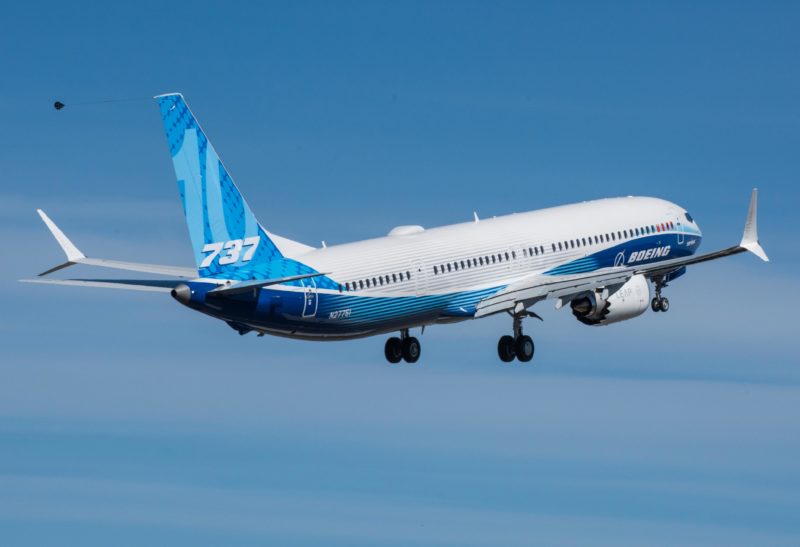
1. Douglas DC-3
Total Deliveries: 16,079 until 1950
Production: 1936-1950
The Douglas DC-3 was originally intended as an airliner but after just 607 airliner variants were built, the DC-3 was re-tasked to serve in a military transport roll and the rest of the 16,079 DC-3s built between 1935 and 1952 did just that.
According to Wikipedia, the total production breakdown of DC-3 includes all variants as follow:
- 607 civilian variants
- 10,048 military C-47 and C-53 derivatives built at Santa Monica, California, Long Beach, California, and Oklahoma City
- 4,937 built under license in the Soviet Union (1939–1950) as the Lisunov Li-2 (NATO reporting name: Cab)
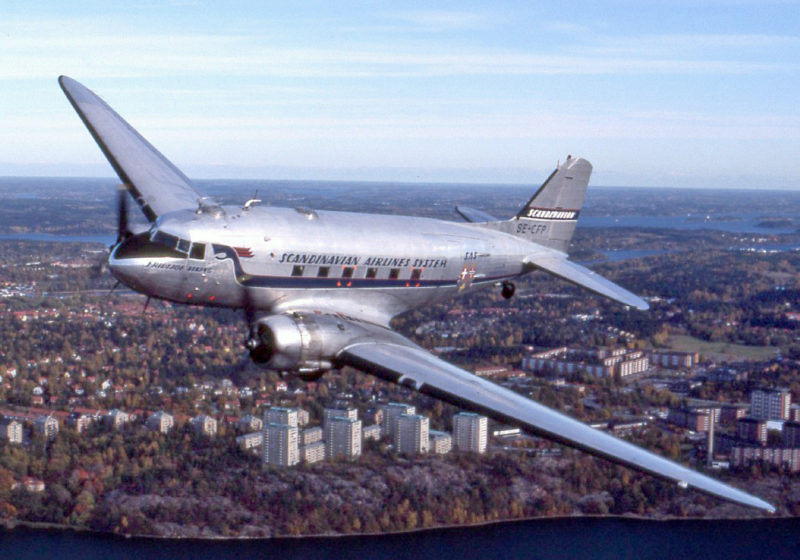
Honorable Mention - Cessna 172
Cessna 172 take crown being the single most produced aircraft of all time. More than 44,000 172s have been produced since production first began in 1956. This high-wing utility trainer aircraft is one of the most common trainer aircraft and is popular among general aviation pilots.
